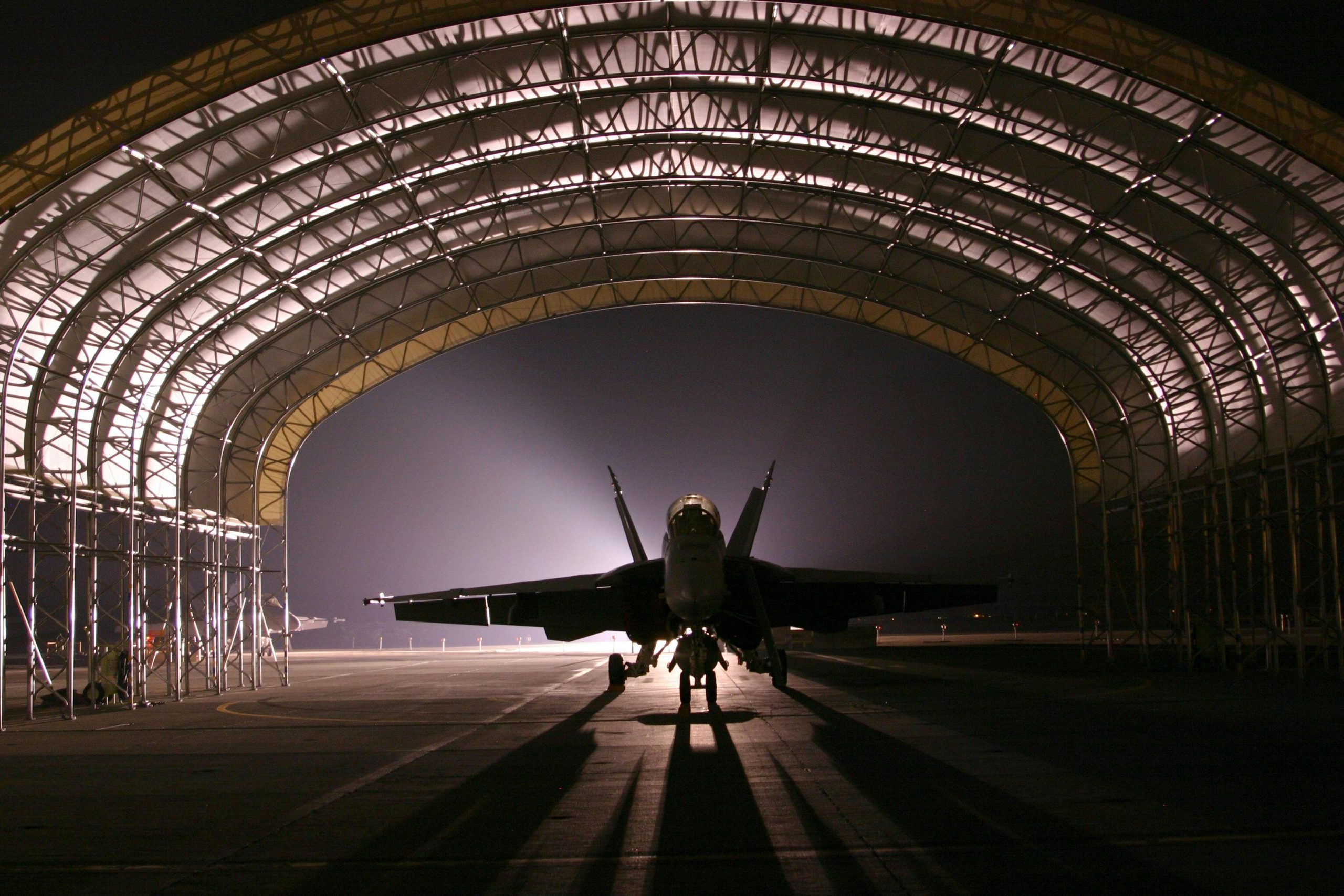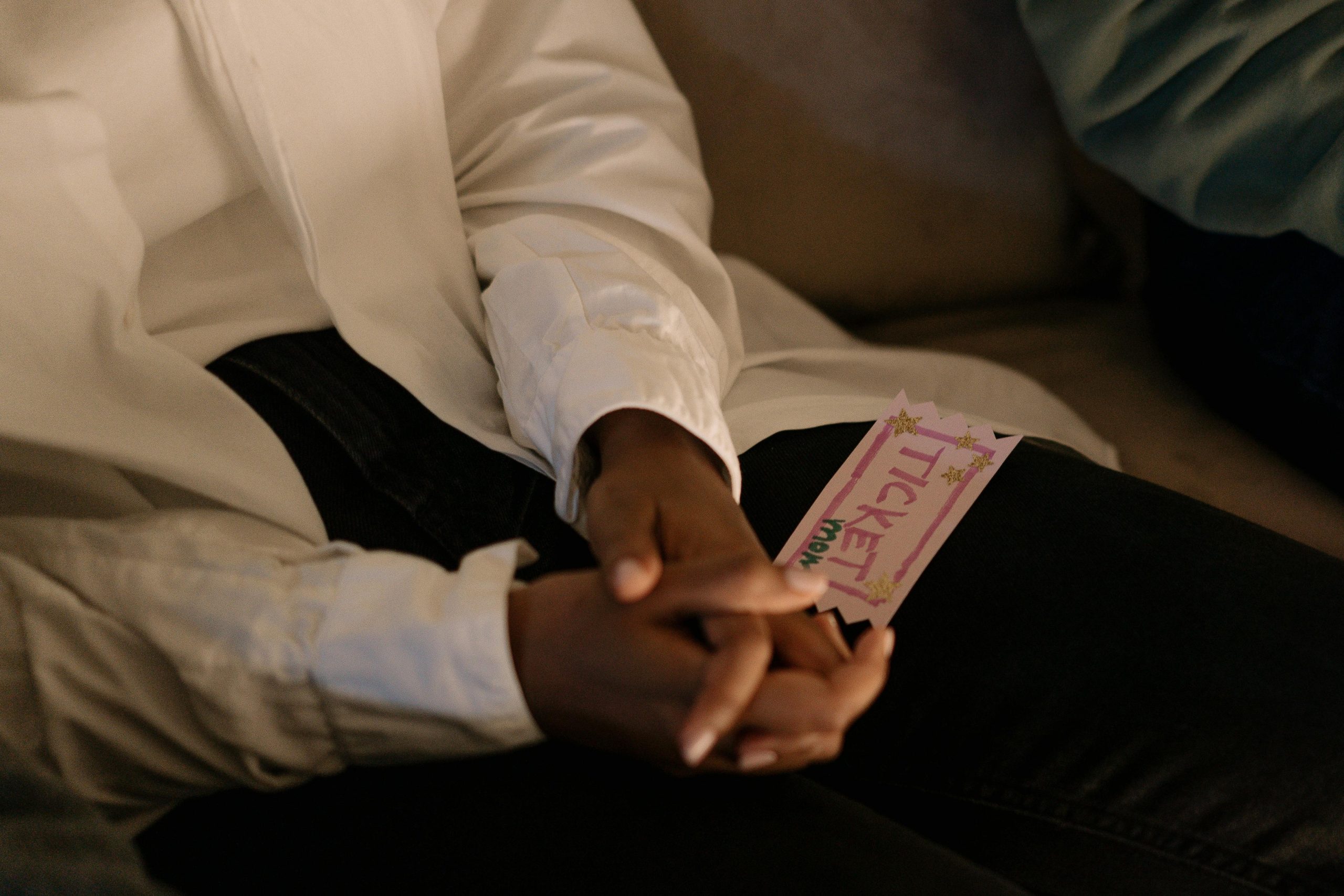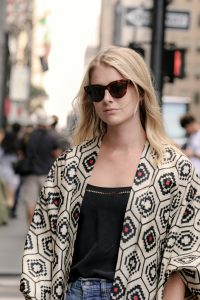Runway of Power
Exploring the Influence of Fashion: The Runway as a Stage of Authority
The world of fashion is unrivaled in its ability to set trends and define cultural narratives. One of the most notable platforms where this influence is wielded is the runway. It’s not just a space for models to display the latest designs; it embodies a powerful intersection of art, commerce, and social commentary.
The runway is a stage of authority, commanding attention and dictating future trends. Designers meticulously curate their collections to convey specific stories and messages, using the runway as their canvas. The choice of models, music, lighting, and even the venue contribute to a narrative that transcends the garments themselves.
At its core, the runway is a catalyst for discussion and evolution in the fashion world. It challenges norms, questions societal structures, and opens the door for inclusivity and diversity in representation. Iconic runway moments have often sparked global conversations, reshaping perspectives and inspiring change across industries.
Fashion’s influence extends beyond clothing; it touches upon identity, culture, and self-expression. The runway, therefore, is a testament to the commanding presence and power fashion wields globally. Designers, models, and spectators all partake in this dynamic interplay of creativity and influence, making each show a unique chapter in the ever-evolving book of fashion.














1 comment